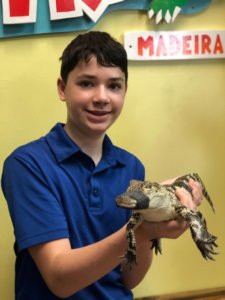
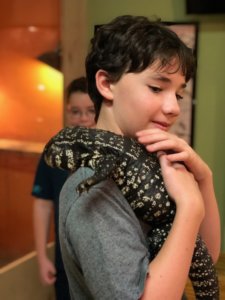

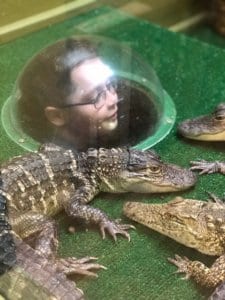
By Nicole Thibault, Autism Travel expert and blogger
In a quaint plaza in Madeira Beach, tourists and families alike find an especially-welcoming destination, the Alligator Attraction. Boasting over 180 animals onsite, this reptile wonderland houses alligators, crocodiles, snakes, pigs, skunks, rabbits, guinea pigs, fish and a very slow sloth named Sid. But what makes this attraction even more magical is that it is the newest destination to become a Certified Autism Center™.
What does this mean? It means that the Alligator Attraction’s staff have completed hours of training on Autism awareness, giving them the tools to understand and accommodate guests with Autism. Families can visit the Alligator Attraction knowing that the staff may recommend certain days and times to visit when it’s less crowded, or perhaps go slowly with some of the animal interactions available onsite.
On our most recent trip to Florida for the Christmas holidays, my family had the absolute pleasure of visiting the Alligator Attraction shortly after the announcement of their Certified Autism Center™ status. We are from New York, and knew that visiting during the holiday break might be a busy time at the Alligator Attraction, but we wanted to give it a try. We arrive a few minutes before opening on December 27th.
 Guests to the Alligator Attraction can choose several different ticketing options. Standard tickets enable guests to explore the attraction at their own pace. Guests can also purchase individual animal experiences, such as holding an alligator, lizard, or even a sloth selfie (no holding, just photos, please!) If guests are looking for a more individualized tour, VIP Experiences are available where you can hold an alligator and many other of the animals onsite.
Guests to the Alligator Attraction can choose several different ticketing options. Standard tickets enable guests to explore the attraction at their own pace. Guests can also purchase individual animal experiences, such as holding an alligator, lizard, or even a sloth selfie (no holding, just photos, please!) If guests are looking for a more individualized tour, VIP Experiences are available where you can hold an alligator and many other of the animals onsite.
Upon our arrival, we were immediately met by Jill, our tour guide for the day. During our VIP Experience, Jill stayed with us for the duration of our visit. She was knowledgeable and friendly, and took the time to get to know each of my three boys.
During the tour, we first met various-sized alligators, from very tiny babies to medium-sized youths. Jill regaled us with tons of alligator fun facts – What do alligators eat? Where do your alligators come from? How long do alligators live? How long does it take for an alligator egg to hatch?
We were able to view some of the alligators up close, by checking them out in the “alligator bubble.” Kids can crawl through a passage under the enclosure, and then put their head up into a clear plexiglass bubble, enabling them to view the alligators up close. This is an excellent opportunity for kids with Autism and/or anxiety to see alligators up close without actually having to touch or hold them.
In addition to the alligators, we also checked out many pigs, turtles, fish, tarantulas, and scorpions. We also were able to hold a boa constrictor named Tut, and a chinchilla named Chi Chi, which my middle son immediately wanted to take home.
In the Lizard room, we were again able to hold some of the animals. My son with autism has anxiety about touching unknown animals, and I wasn’t sure if he would follow through with his interest in holding one. I asked each of my sons to choose a lizard to hold, so that they could have a say in choosing a small or large lizard, or even one that just looked interesting to them. My youngest chose a bearded dragon named Gloria, and was quite fascinated with her bumpy head. My middle son chose a leopard gecko named Leo, who had beautiful spots on his head and tail, and my oldest son chose a green water dragon named Mushi, who had an extremely-long tail. We even held a Tegu lizard named Tianna who explored us with her forked tongue and acted just like a cat as we held her. Jill, our guide, was patient and waiting until all of the boys were ready for the hold. Despite a small amount of anxiety, all kids were successful in holding the lizards and having a wonderful time.
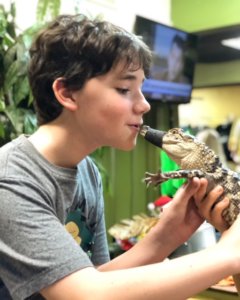 At the end of our visit, the boys all got to feed the alligators with non-hooked fishing poles baited with turkey hot dogs bits. Jill suggested making the alligators “work” for their food by moving the fishing poles around, just like their prey might move in the wild.
At the end of our visit, the boys all got to feed the alligators with non-hooked fishing poles baited with turkey hot dogs bits. Jill suggested making the alligators “work” for their food by moving the fishing poles around, just like their prey might move in the wild.
While the boys were feeding the alligators, I was able to chat about the Autism Certification process with Jill and Sonny, Managing Partner of the Alligator Attraction. What was the Autism training like for your staff? How has your approach with guests with Autism changed since your certification? The detail from this conversation that I loved the most was that the Alligator Attraction employs two individuals on the Autism Spectrum – so not only do they welcome guests with Autism, but also staff people with Autism.
The Alligator Attraction’s Certified Autism Center™ status may be new, but I have a feeling that the certification puts training and a rubber stamp on an initiative that they’ve embraced for a long time – inclusion for all who visit the Alligator Attraction.


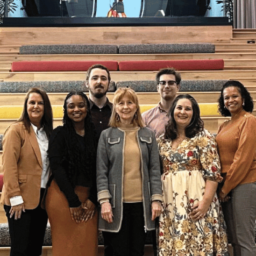

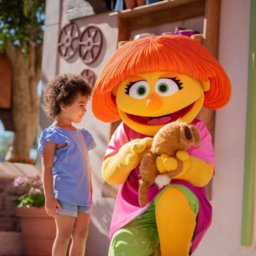
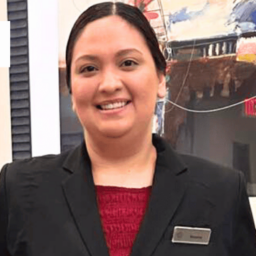
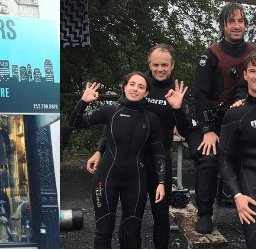
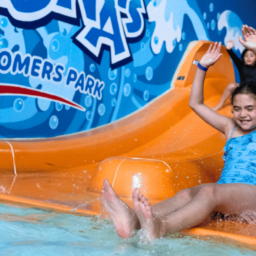
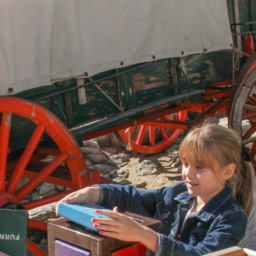
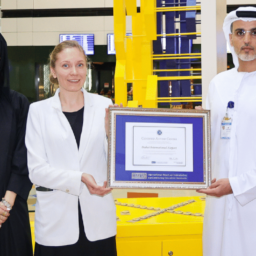

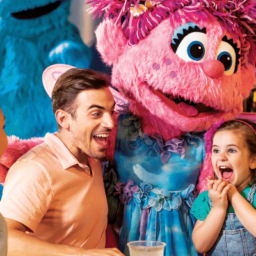

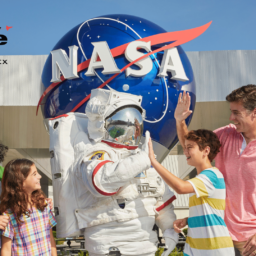


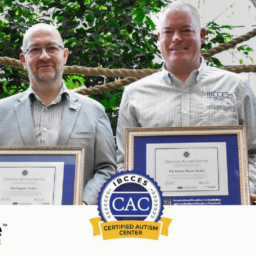
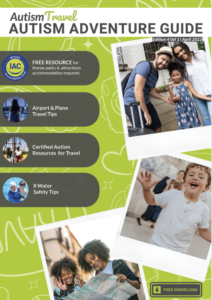
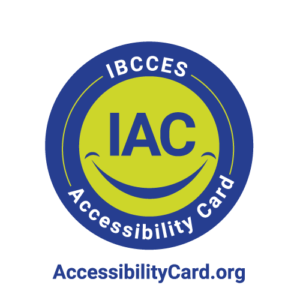 IBCCES Accessibility Card Now Available as a Mobile App
IBCCES Accessibility Card Now Available as a Mobile App